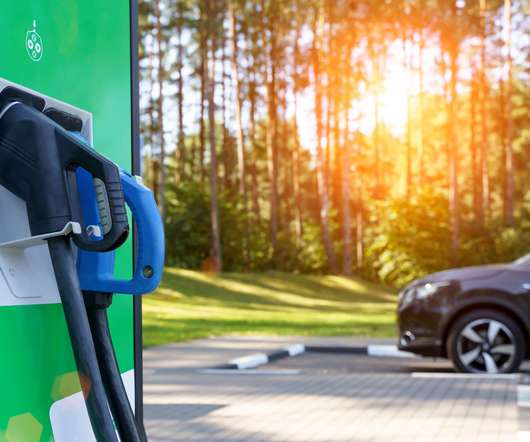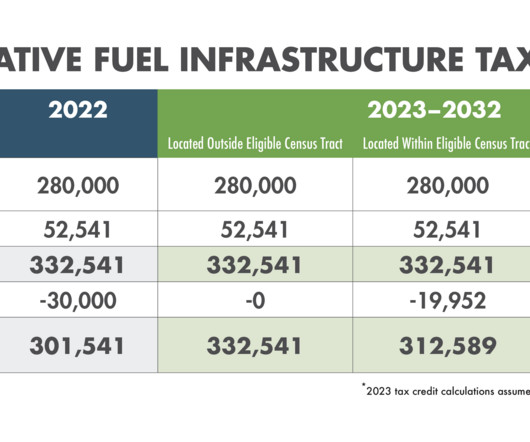Report finds that total transportation energy demand in California in 2050 could be reduced 30% relative to 2005
Green Car Congress
DECEMBER 23, 2011
Total transportation fuel use in California broken down by subsector and fuel type for each scenario: business-as-usual (BAU); plug-in electric vehicles (PEVs); and combined PEVs and fuel cell vehicles (FCVs). Source: Yang et al. Click to enlarge. —Yang et al.
































Let's personalize your content